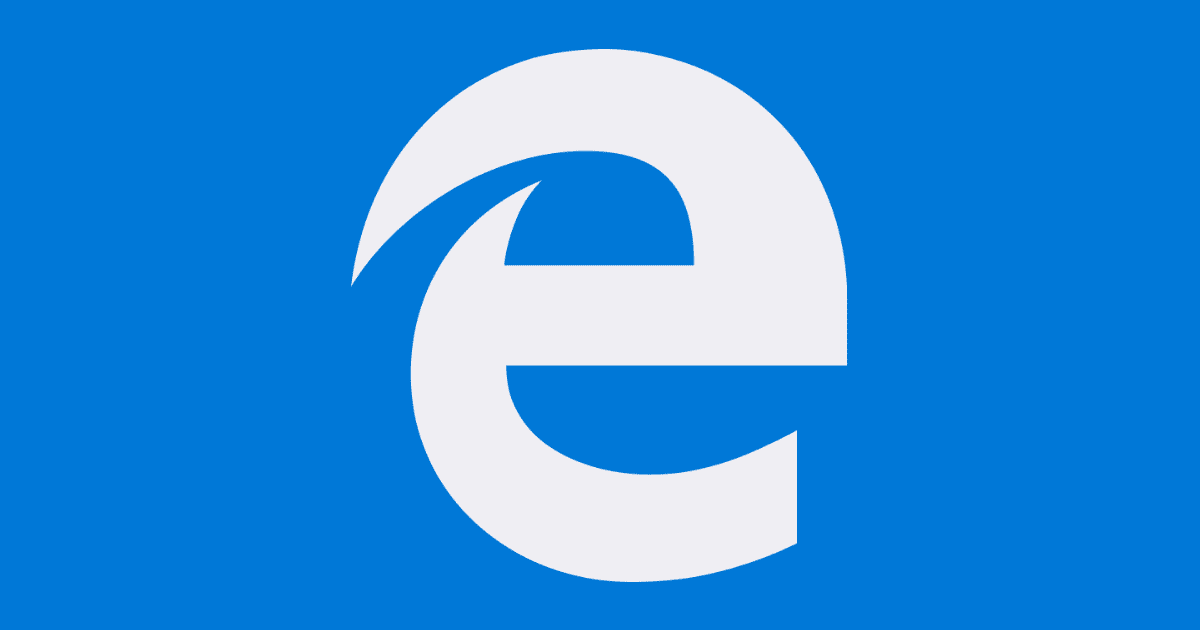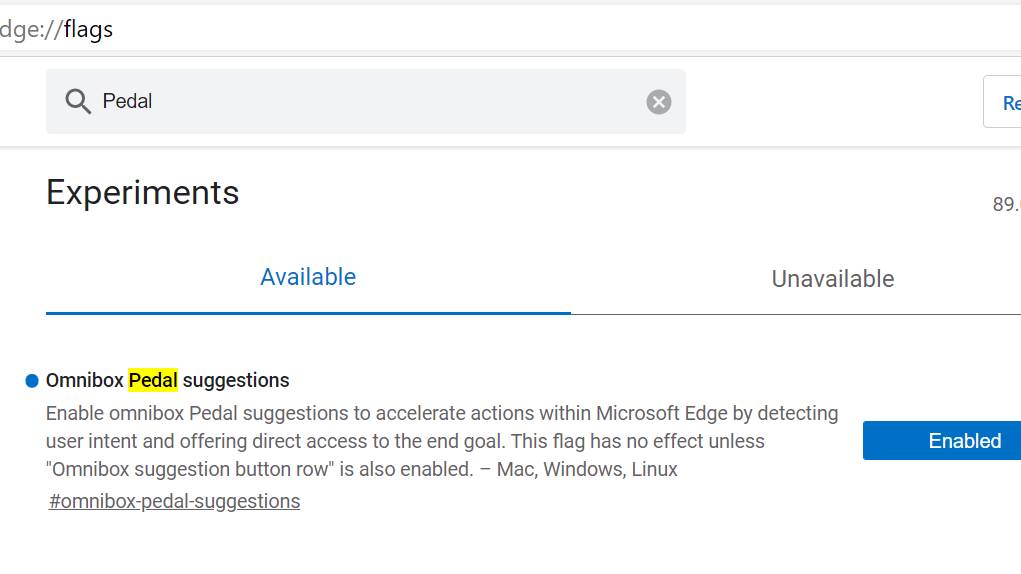
(See Forbes contributor Zak Doffman’s piece on Chrome’s privacy excesses.) Though Edge and Chrome are similar, they differ greatly on privacy.įor example, Edge gives users three levels of tracking protection from which to choose – Basic, Balanced and Strict, with Balanced the default. Of course, one of the many reasons both Mac and Windows users are wary of Chrome is because of the amount of data it harvests from users. Chrome doesn’t have this (though there are extensions that emulate it), but Microsoft Edge does – and it’s a lot easier on the eyes, with a manila-colored background. Safari users enjoy an excellent Reader Mode feature that strips out ads and other distractions, providing you with just text. Chrome has this in a feature dubbed Tab Freeze, but with Edge you can control how long before tabs are suspended. As I work with the two, Chrome consistently uses significantly more memory than Edge when the same pages are loaded.Īnother example where Microsoft is ahead of Google on resource management: Sleeping Tabs, which suspend web pages after a specified amount of time to free up CPU and memory. When I launch Chrome on an Intel-based Mac running macOS 11.2.3, it takes around 900 megabytes once loaded. Although Edge is built on the same foundation, Microsoft has tuned it better. Firefox was known as a memory and resource hog at the the time, a reputation that now dogs Chrome.


When Chrome originally launched in the late 2000s for Windows, it was touted as a leaner alternative to Firefox, which in turn was considered an alternative to Internet Explorer. But it’s not the only feature that makes it a great browser to use on a Mac, and certainly make it a better pick than Chrome.

T took me about 10 minutes of using this new version before I was sold. Microsoft Edge for Mac with vertical tabs pinned open.


 0 kommentar(er)
0 kommentar(er)
